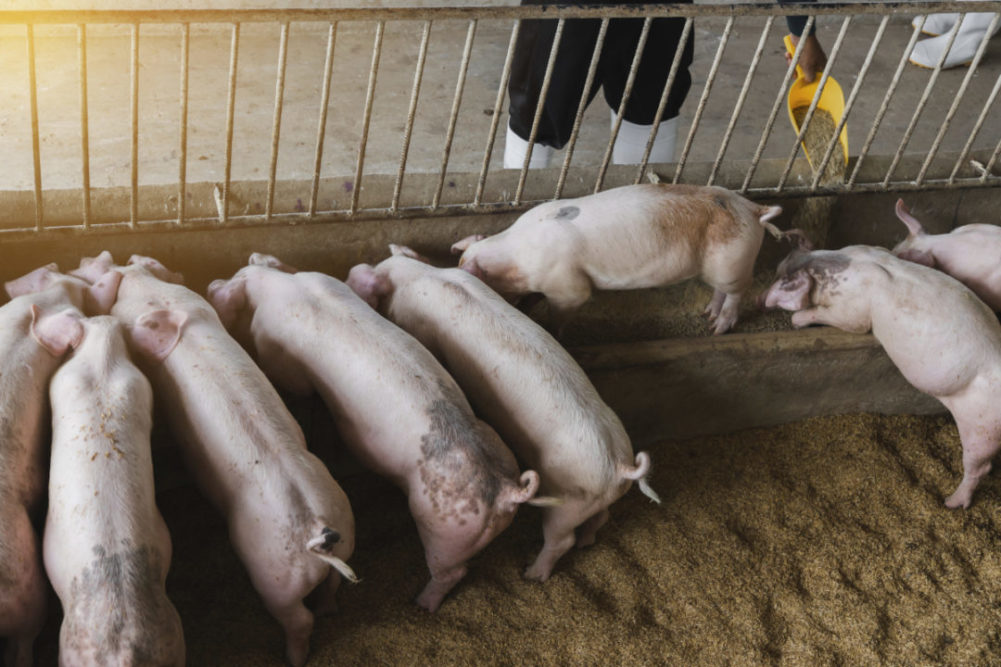DENVER – Facing a feed cost increase of 12% in the coming year, livestock producers will likely be profit challenged in 2021, coming off a year when average margins in the poultry, pork and beef sectors were negative due to supply-demand shifts created by the coronavirus (COVID-19) pandemic.
The 12% increase for feed costs would represent the biggest year-over-year jump since 2011, as futures for corn and soybean meal top $4 per bushel and $350 per ton, respectively. Demand for more US feed from China is the main driver behind the historic price increase, according to a new report from CoBank.
China’s demand comes as the country works to rebuild its domestic hog herd after it was decimated by an outbreak of African swine fever (ASF) over the past two years. After losing more than 50% of its domestic hog supply since 2018, it became the biggest importer of beef and pork in the world and is now positioned to re-establish its domestic supply.
One result of the effort means China will triple its imports of corn in the coming year, according to the US Department of Agriculture, with the lion’s share coming from the United States. As it rebuilds its herd, China’s imports of protein are forecast to decrease by 3% next year. CoBank expects imports numbers to decline more in the coming years.
While livestock producers have enjoyed advantageous feed costs that steadily declined each year for most of the past decade, the pandemic turned the tables on supply and demand. Margins have gradually recovered, but more challenges are expected ahead, according to Will Sawyer, lead animal protein economist with CoBank.
“Most producers lost money during the year, but that’s been in the midst of some of the most extreme volatility in global food demand anyone has ever seen,” Sawyer said. “Industry margins are far better today than they were in the spring, but there will be tighter windows of opportunity for the livestock and poultry sectors to profit in 2021.”
Those windows will be influenced by feed cost inflation that is expected to increase by 14% for hog producers; 13% for cattle producers and 11% for the chicken segment. But Sawyer pointed out the bright spots for the coming year as evolving market conditions may result in improved margins for producers.
“While animal protein and poultry producers face a higher cost structure in 2021, margin opportunity will increasingly come from revenue rather than cost,” Sawyer said. “And fortunately, there are positive signs that producers and processors may benefit from higher beef, pork, and poultry prices to cushion higher feed costs.”
The report highlighted some of the progress being made toward normalization in the market, including investments in 2020 of approximately $2.5 billion by US processors to protect workers and reduce the threat of additional plant shutdowns. The ensuing distribution and administration of COVID-19 vaccines across the world is another positive step toward normalization of foodservice and retail buying patterns.
According to CoBank, “The financial impact of COVID-19 looks to be far less in the coming year than what the industry has endured in 2020.”


